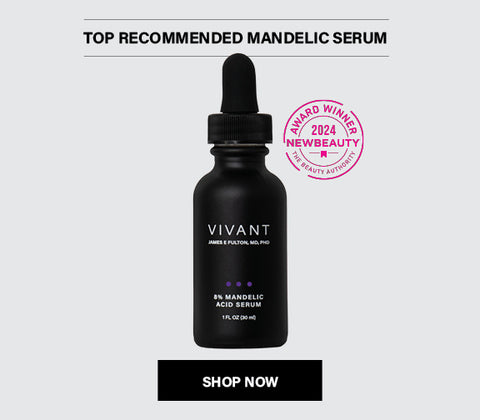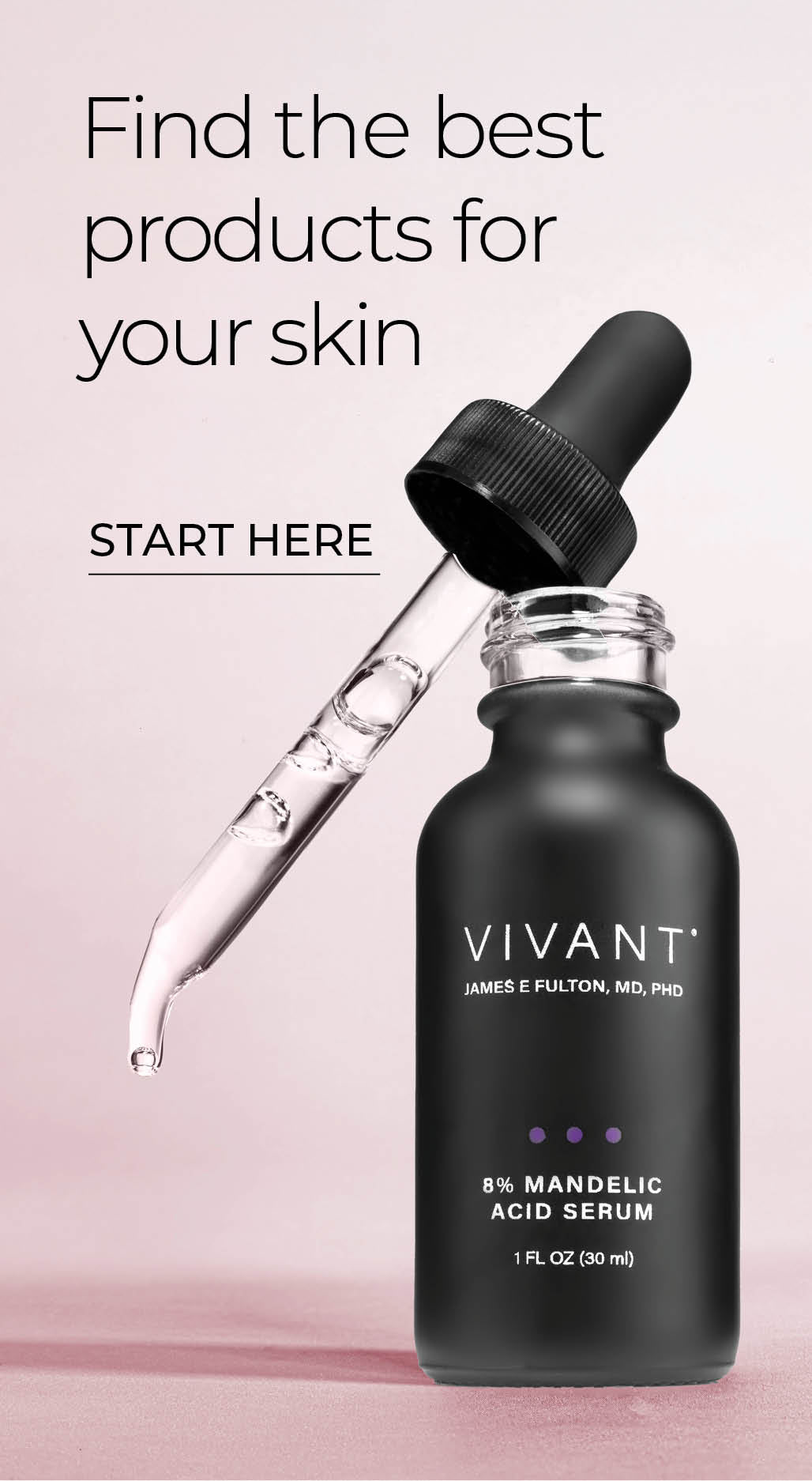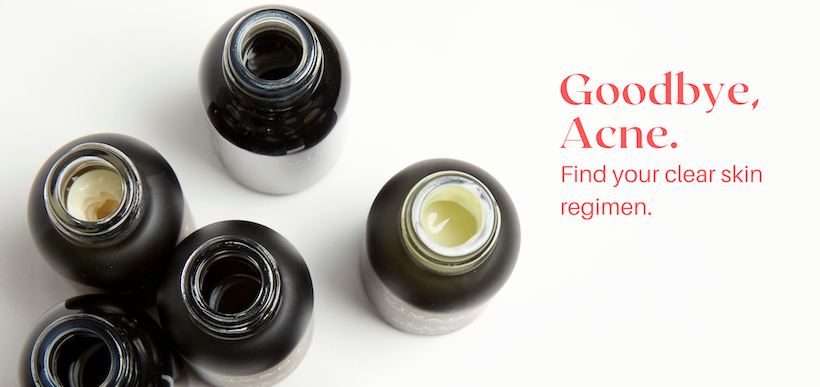Mandelic Acid: The Magic Ingredient for Everything from Acne to Rosacea
Mandelic acid is a gentle, multitasking AHA that brightens, smooths, and clears even the most sensitive types.

Exfoliating acids are an essential part of a healthy skin regimen. These active compounds spur cellular renewal, unclog pores, undull dry skin, rev up collagen production, and fade dark marks. But because of their strength and active nature, acids can be irritating to sensitive skin. So how can you reap all the benefits of chemical exfoliation without triggering redness, irritation, or hyperpigmentation?
Mandelic acid is the hero you’ve been waiting for. Strong enough to take on everything from acne to fine lines, gentle enough to treat hyperpigmentation and rosacea with no arguments from your skin. Read on to learn what makes mandelic acid stand out among the acid pack and why it’s an ideal choice for every skin type and tone.
 |
What is mandelic acid?
Mandelic acid is an alpha hydroxy acid that’s derived from bitter almonds. It has a larger molecular structure than other AHAs, so it absorbs into the skin more slowly and doesn’t cause irritation that can trigger hyperpigmentation or rosacea. Compare that to an acid like glycolic, which has a tiny molecular structure. If you’ve ever used glycolic acid, you know that it’s often accompanied by a slight stinging sensation. That’s the sign of it quickly penetrating the top layers of skin. Mandelic’s larger structure means it penetrates the stratum corneum at a more gradual and controlled rate, greatly reducing the risk of redness, irritation, itching, or inflammation.
Is mandelic acid an exfoliating AHA?
Like other AHAs, mandelic acid works by dissolving the cellular “glue” that binds dead cells, allowing them to shed from the skin’s surface. Because mandelic acid penetrates the skin more slowly than other AHAs, its activity is gentler, giving it more of a micro-exfoliating effect. The process increases cellular metabolism and brings new, healthier cells to the surface faster.
How is mandelic acid different from other AHAs?
Mandelic acid’s larger molecular structure makes it the gentlest of the AHAs, but that’s not all that sets it apart. Mandelic acid also has antibacterial, antifungal, and anti-inflammatory properties. And because it acts to inhibit tyrosinase, the enzyme that stimulates melanin production, mandelic acid is also a natural brightener. This unique benefits package makes mandelic acid a perfect solution for all skin types and tones.
What issues does mandelic acid target?
Mandelic acid for acne
When it comes to acne, mandelic acid has an advantage over other AHAs. In addition to clearing dead cells and excess oil from pores, mandelic acid kills acne bacteria to stop pimples from forming.
Mandelic acid for acne scars and dark marks
Mandelic acid disperses surface pigment through microexfoliation to fade existing acne scars (post-inflammatory hyperpigmentation). This brightening molecule goes a step farther by inhibiting the formation of new pigment at the cellular level to prevent new marks from forming.
Mandelic acid for dark skin tones
Mandelic acid is ideal for dark skin, which is more prone to hyperpigmentation due to its higher concentration of melanin. Not only does mandelic acid reduce inflammation, a trigger of hyperpigmentation, it inhibits the enzyme responsible for activating melanocytes, thereby controlling the formation of excess pigment.
Mandelic acid for sensitive skin
If you have dry, easily irritated skin and have found glycolic acid a bit too intense, mandelic acid is a powerful but more “polite” alternative. Think of it as glycolic’s less irritating cousin.
Mandelic acid during pregnancy
Women who or pregnant or nursing love mandelic acid for its ability to take on all their hormonally-driven skin issues without worry. Mandelic acid is a naturally-derived ingredient that targets melasma and hormonal acne safely and effectively during pregnancy or while nursing.
Mandelic acid for rosacea
Because of its slow absorption rate and anti-inflammatory properties, mandelic acid is well-tolerated by rosacea-affected skin. Its antibacterial properties give it another advantage since bacteria is thought to be a causative factor in rosacea.
Mandelic acid as a post-shave soother
Mandelic acid is a favorite among men because it soothes skin after shaving and helps eliminate razor bumps and ingrown hairs.
Which percentage of mandelic acid should I use?
Percentages of mandelic acid range from 3% in toners to 15% in serums. An 8% serum works well for normal skin. The higher strength 15% serum is a good choice for oily, resistant skin or skin already acclimated to the 8% serum.
Always start with the lower percentage to allow your skin to acclimate. While mandelic acid is known for its gentle activity, it still requires an acclimation period.
When you feel your skin has reached a maintenance plateau and you’d like to push your results farther, you can move up to the next percentage. Those with extremely sensitive skin should stick with the lower percentages.


Comments